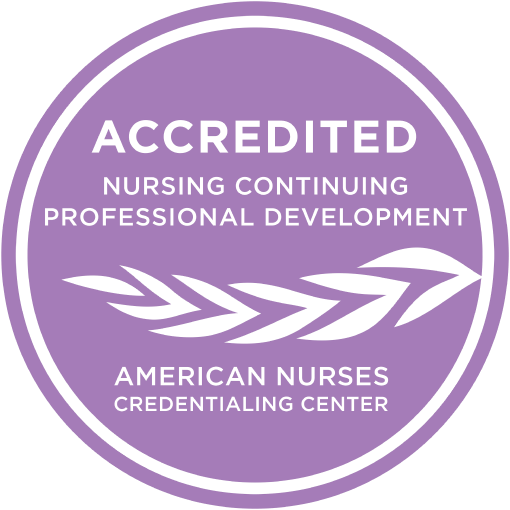Oncological Emergencies: Recognize and Respond
Contact Hours: 2
Course Overview
Oncology patients can present significant challenges for both healthcare providers and caregivers. Modern-day chemotherapies may cause potentially life-threatening oncological emergencies. Nurses working with oncology patients must recognize signs and symptoms of such emergencies and be knowledgeable in treatment therapies aimed at reducing these risks (1).
Course Outline
- Overview of Oncological Emergencies
- Tumor Lysis Syndrome
- Febrile Neutropenia
- Superior Vena Cava Syndrome
- Malignant Pericardial Effusion
- Syndrome of Inappropriate Antidiuretic Hormone
- Disseminated Intravascular Coagulation
- Hypercalcemia of Malignancy
- Extravasation of Chemotherapy
- Infusion Reactions (Hypersensitivity and Anaphylactic)
- Case Study on Oncological Emergencies
- Oncology Nursing Society and Oncology Nursing Certification
Course Outcomes
After completing this course, the learner will rate 4 out of 5 on the Likert Scale for their ability to:
- Discuss risk factors for oncology emergencies in certain patient populations (cancer-specific).
- Verbalize the pathophysiology and etiology behind various oncological emergencies.
- Identify clinical signs and symptoms of the most common oncology emergencies.
- Outline nursing interventions associated with neutropenia precautions.
- Identify nursing guidelines for the administration of IV chemotherapy.
- Discuss patient education regarding prevention of oncology emergencies (early symptom recognition).
- Verbalize critical differences between hypersensitivity reactions and anaphylaxis.
- Describe the oncology nurse’s role in promoting compassionate end-of-life care and the correct treatment for the (advanced stage) oncology patient.
Accreditations and Approvals

- American Nurses Credentialing Center (ANCC) (P0614)
- California Board of Registered Nursing (CEP 17418)
- Kentucky Board of Nursing (7-0090)
- Louisiana State Board of Nursing (58)
- Florida Board of Nursing (50-23983)
- Delaware Board of Nursing (DE-24-010127)
- Alabama Board of Nursing (#ABNP1577)
- Iowa Board of Nursing (#393)
- Kansas Board of Nursing (LT0340-0325)
Approved by the Board of Nursing in every state, you can complete your RN, LVN, and APRN CEUs with confidence.
Accreditation Statement
Nursing CE Central LLC is accredited as a provider of nursing continuing professional development by the American Nurses Credentialing Center's Commission on Accreditation.
It will take the average learner 120 minutes to complete and awards 2 contact hours of continuing education.
Written For
- Registered Nurses (RN)
- Advanced Practice Registered Nurses (APRN)
- Licensed Practical Nurses (LPN/LVN)
Requirements for Completion
- Enrollment in the course by the learner
- Read and learn all course materials
- Complete the course evaluation
- Attest and testify learning of the course materials
Disclosure of Relevant Financial Relationships
Nursing CE Central nor any of the authors, planners, content experts, or any contributors have any relevant financial relationships with ineligible companies to disclose.
